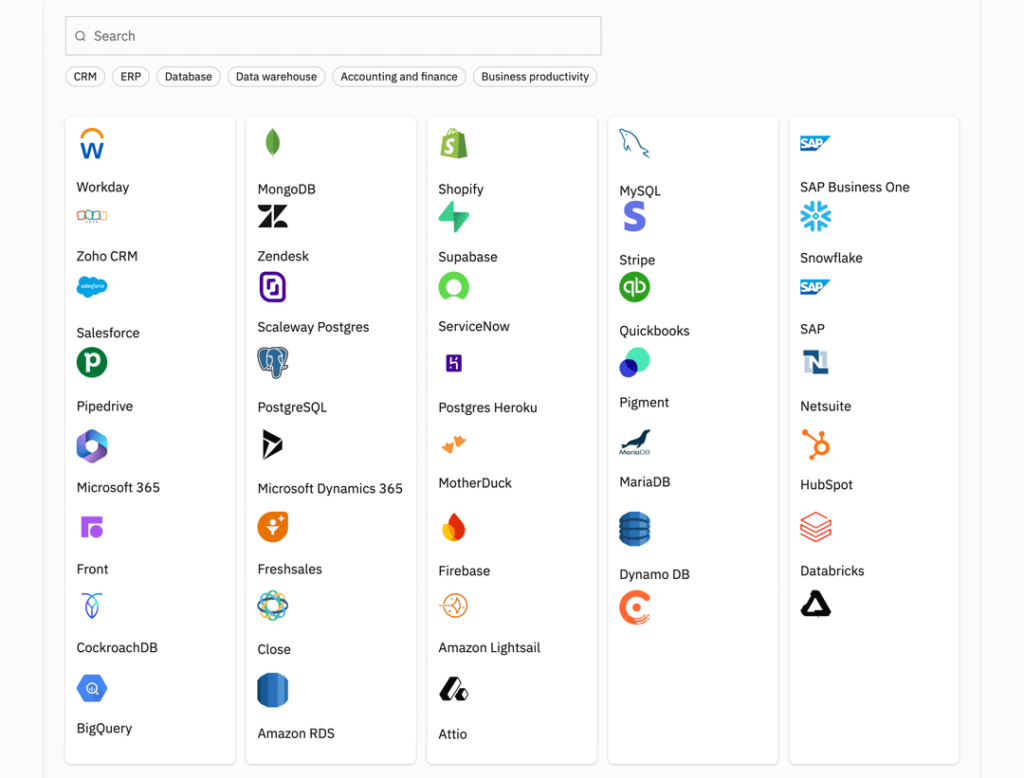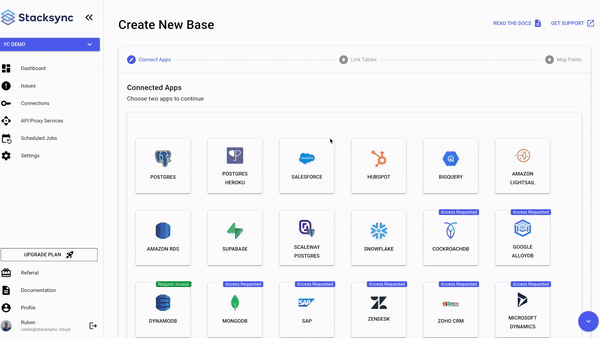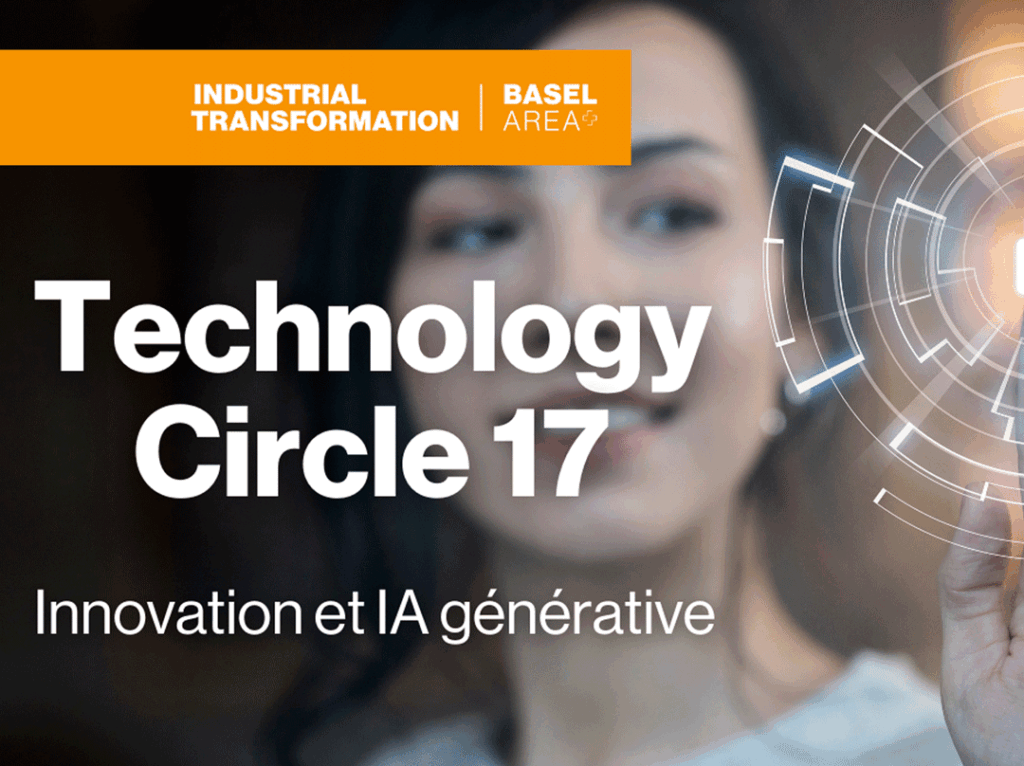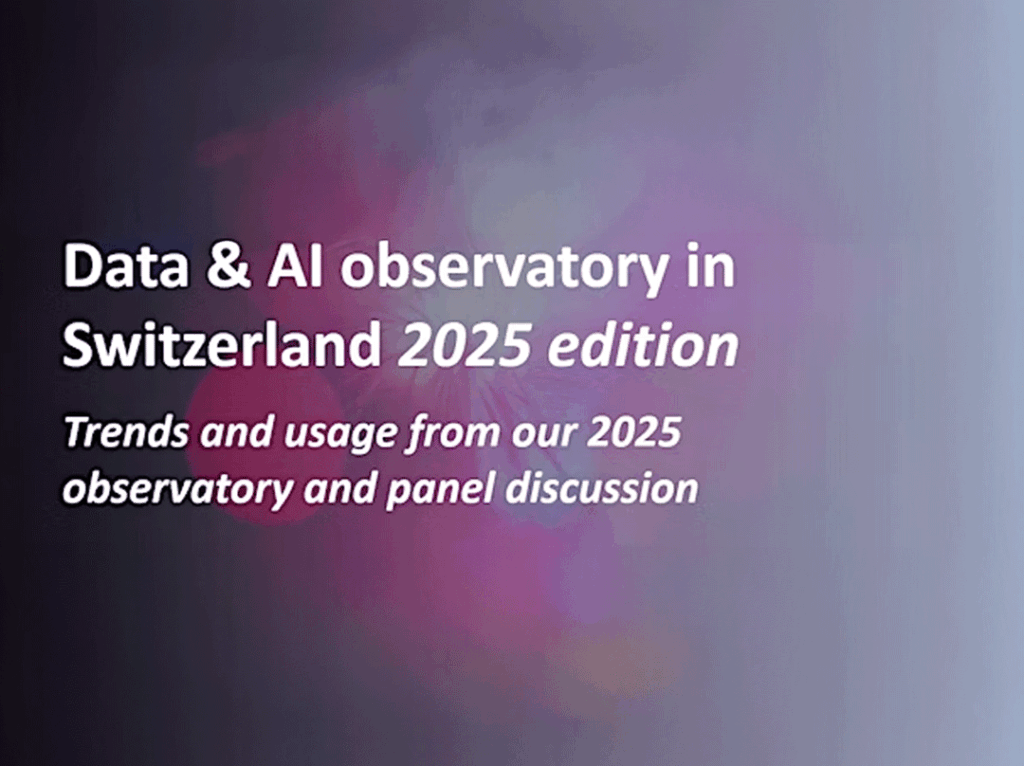#TechDemo x Stacksync
Breaking down silos & decompartmentalizing data between those who consolidate it and those who use it within a company
Whatever their size, type (start-up, SME, international company, etc.) or sector of activity, most companies operate on the basis of a compartmentalized IT architecture. These silos are particularly prevalent in CRM (customer relationship management) tools, clearly hindering the flow of information between, on the one hand, the engineers who receive the data, and on the other, the business teams whose role it is to process the data.
This dimension is all the more crucial at a time when the number of IT tools and web applications in companies is growing exponentially, generating an ever-increasing amount of data.
Automate & synchronize information flows without a single line of code
Stacksync enables real-time, bidirectional synchronization-a major advantage over other solutions that only synchronize the flow of information in one direction, from point A to point B-between CRMs or other web marketing applications, among others, and databases. Changes made in your contact management software are instantly updated in your database, and vice versa.

To set up this synchronization, users simply need to connect the two selected applications with 1 click and select the tables they want to dialogue, without a single line of code!
Once synchronization has been established, Stacksync lets you go even further, by integrating dialog between applications within a workflow. In this way, you can simply drag-and-drop to build a personalized work process, in which interactions, events, notifications, etc. are defined.
Stacksync reduces implementation times for even the densest synchronization and integration projects from months to minutes. It also eliminates the complexity of having to develop and maintain new custom functionality in order to synchronize the applications in question.

Interoperability, a strategic lever for the digital transformation of Swiss SMEs
Within the Swiss economic fabric, the digital transformation of SMEs has become a strategic imperative; and at the heart of this evolution lies the interoperability of digital tools, an essential key to:
- boost efficiency & reduce operating costs
- meeting regulatory and safety challenges
- innovate and boost competitiveness
According to a study by Accenture, the benefits of deploying and using interoperable technologies are significant, and can be measured in hours, when it comes, for example, to reducing repetitive, non-value-creating tasks. It also means savings of up to 30% in terms of overall maintenance costs, and up to 70% when it comes to troubleshooting. These are considerable opportunities for Swiss SMEs, who may be facing severe budget constraints.
What's more, interoperability promotes agility. It enables companies to adapt more quickly to market changes, and to comply more easily and quickly with regulatory requirements. Interoperability also promises to make systems more resilient in the face of cyber-attacks.
"(...) I often hear it's like this, these are the standards. But why do we have to follow them? Is there a reason to follow these standards? And often the only argument is: "That's the way the industry does it. But is that a reason to do it? Well, it's not. And that's what always gives us incredible ideas."
Oliviero Pinotti
So if you've ever asked yourself∙e of these questions, among others:
- How can I harmonize and strengthen the quality of my corporate data?
- How can I make the flow of information within my organization easier and more reliable?
- How can I align information for all my employees without disrupting my IT infrastructure or existing digital tools?
Or if you'd simply like to learn more about the digital ecosystem and solutions in French-speaking Switzerland, meetOliviero Pinotti, Founding Engineer at Stacksync, on the Alp ICT Youtube channel or on our LinkedIn account on April 29, 2025, at 11:30 am, in live streaming.
The monthly meeting place for SMEs to identify digital solutions
#TechDemo is the place to be for SMEs looking for digital solutions. Each month, we present a practical, innovative application to help you open up new opportunities, or simply make your day-to-day business easier. These events are free and require registration. They feature a 30-minute practical demonstration of the tool, followed by a 30-minute Q&A session.









